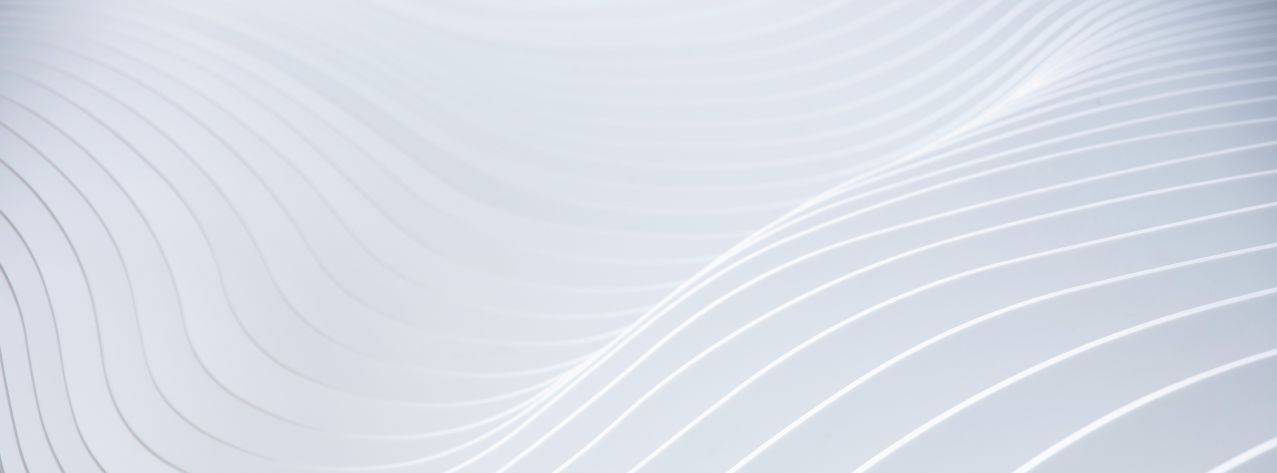
User Experience (UX) design, a field centred around enhancing digital interactions, has a surprisingly rich legacy inherited from the world of architecture. At first glance, designing an app or website might seem worlds apart from constructing a building, yet architects and UX designers both create spaces where people move, interact, and find meaning. Just as architecture seeks to design spaces that are both functional and beautiful, UX design aims to create digital experiences that engage users effectively.
For this article, we wanted to tackle this interesting connection between these industries, which we feel that hasn’t been discussed much on the internet. So, let’s not waste too much time and explore the ways Digital Design (and in particular UI/UX Design) has drawn on architectural principles in both form and function.
The Design Process
Creative domains, while being artistic and imaginative in their essence, have always followed certain principles and fundamentals, which is also true in our case. The iterative design process that architects have relied on for centuries to create buildings—considering everything from the foundation to interior spaces—has shaped how UX designers plan user interfaces and flows. Both fields follow a structured approach, let’s take a look:
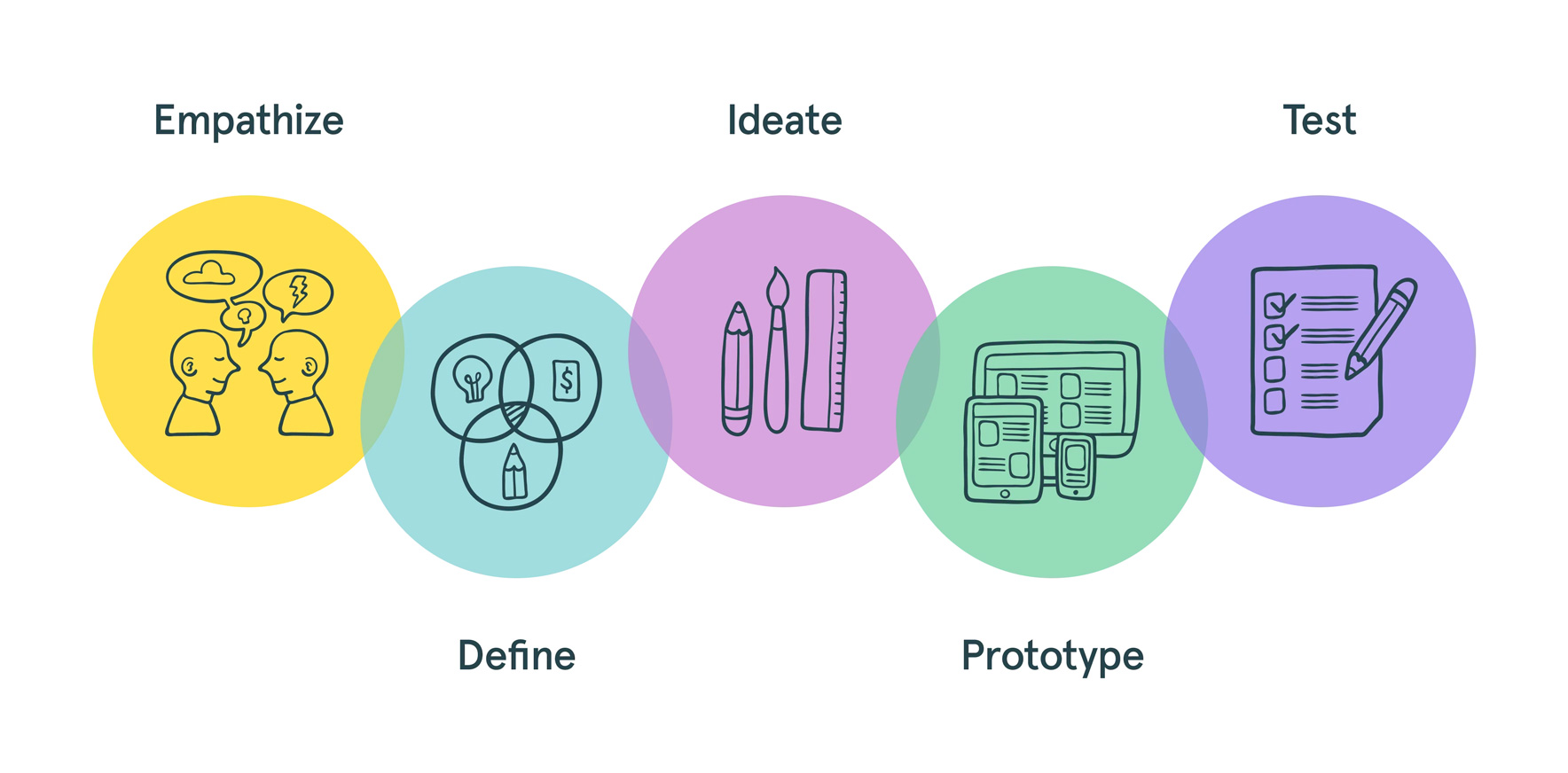
- Emphasize: Architects research the needs of those who will use the building, studying local culture, physical requirements, and environmental factors. Similarly, UX designers delve into user personas, researching habits, pain points, and motivations to make meaningful digital products.
- Define: Just as architects pinpoint the purpose of their project and the specific needs it fulfils, UX designers define problems and identify core user needs to guide their designs.
- Ideate: Both architects and UX designers generate several solutions at this stage. For architects, it might mean experimenting with layout and flow, while for UX designers it could mean sketching wireframes and exploring interaction paths.
- Prototype: Architects and UX designers both build models—architects with physical or digital renderings, and UX designers with clickable prototypes that simulate the final product.
- Test: Both fields incorporate feedback to refine their designs. Where an architect might test a concept through simulations or spatial walkthroughs, UX designers use user testing to ensure the product resonates with real users.
There are many similarities between the design approaches of these human-centric disciplines. Architects design for the people who will inhabit the physical spaces, while UX designers are focused on the users who will interact with the digital world. Both designers go through a process or framework of design thinking.
Team Dynamics
In both fields, the lead designer—be it an architect or a UX designer—functions as the “design captain,” balancing client expectations with user needs, while working with engineers, project managers, and often multiple client representatives to bring a project from concept to completion.
This dynamic is key: it requires a shared vision and the ability to keep the team aligned. The collaborative nature of architecture has prepared UX design for its multidisciplinary environment, making it natural to coordinate among designers, developers, and business analysts in pursuit of a seamless user experience.
Aesthetic Influence on Interfaces
We touched this point briefly in our discussion on design trends a while back, where we talked about stylistic movements such as Minimalism and Brutalist Design, but let’s take a quick look at where these styles came from and how they shape both physical and digital design today.
Minimalism
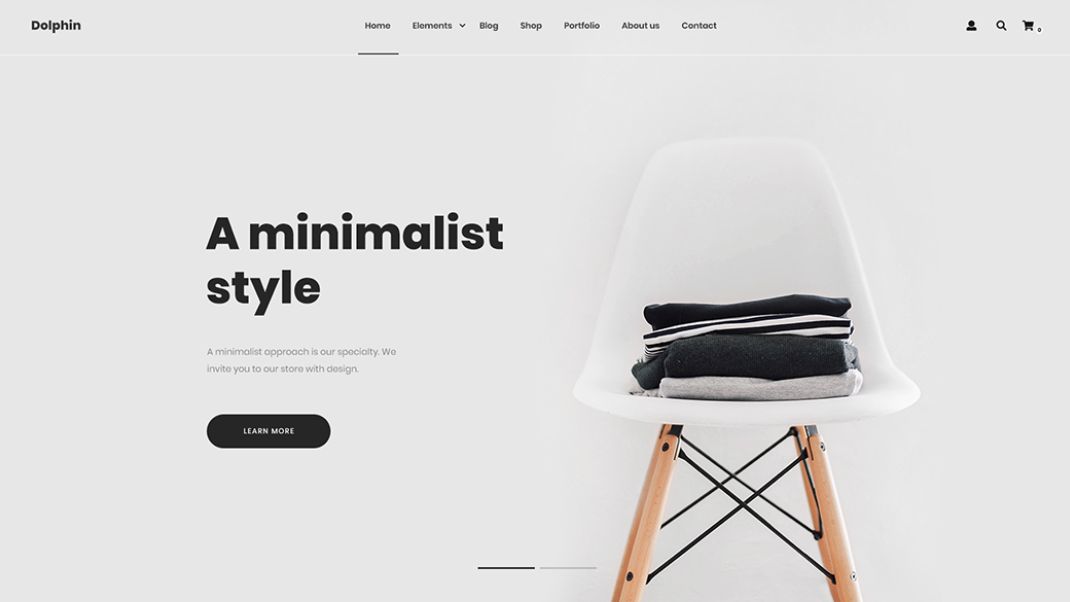
Minimalist architecture, emphasizing simplicity and functionality, translates directly into clean, intuitive UI/UX Designs. This architectural style can be traced back to a few key architectural styles such as Japanese Zen, and Bauhaus designs in the 1920s. Though these styles have their own history, they share the same purpose which is to strive to keep things clean, simple, focusing on a clutter-free and calming space.
Minimalist architecture emerged in the U.S. in the early 1960s and has since made a lasting impact on UX design, especially in the Western world. This influence shaped foundational styles like material design, flat design, and even the recent glassmorphism trend, all of which echo minimalism’s focus on simplicity and clarity.
Brutalism
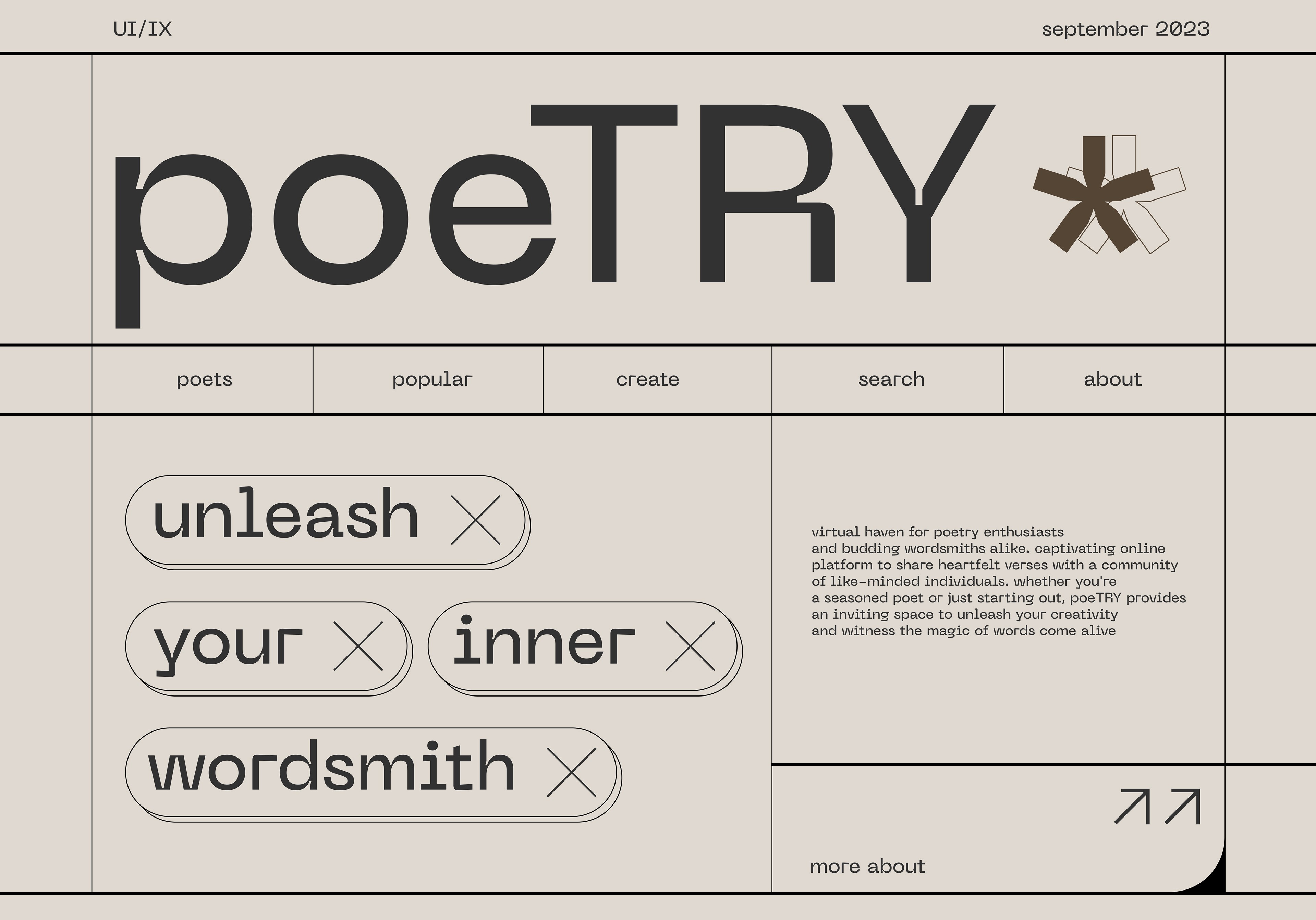
Originally characterized by exposed concrete and raw materials, brutalist architecture has inspired raw, straightforward website designs. Featuring monochrome color palettes, straight edges, challenging shapes and overall structures, brutalism in UX conveys authenticity and originality appealing with its bold, stripped-down approach. While architectural brutalism declined in popularity after the 70s, it has seen a rebirth in recent web design.
Modernism
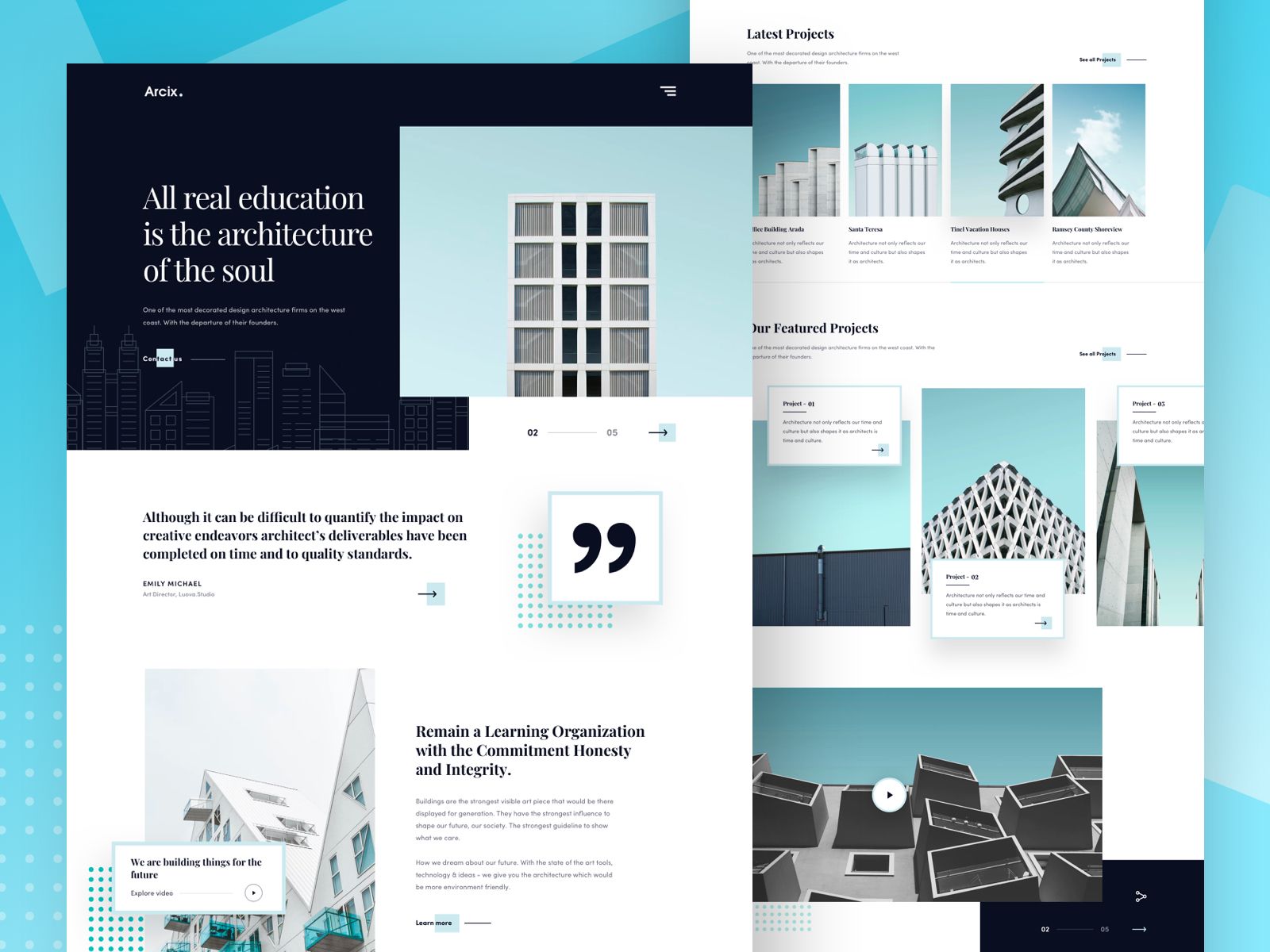
While in essence, a derivation of minimalism, modernism can be also seen as embracing innovation and practicality of modern architecture, featuring off-grid layouts and innovative control elements. This crossover of architectural styles into UX shows how design principles that govern physical spaces have shaped the digital landscape, adding aesthetic diversity and user impact.
User-Centric Design
At its heart, architecture is about creating spaces that people can live, work, and find comfort in. This human-centred focus extends to UX design, where user-centric thinking ensures that digital spaces feel intuitive, accessible, and enjoyable. Architects are well-versed in considering how people interact with spaces, a skill that is invaluable in UX design.
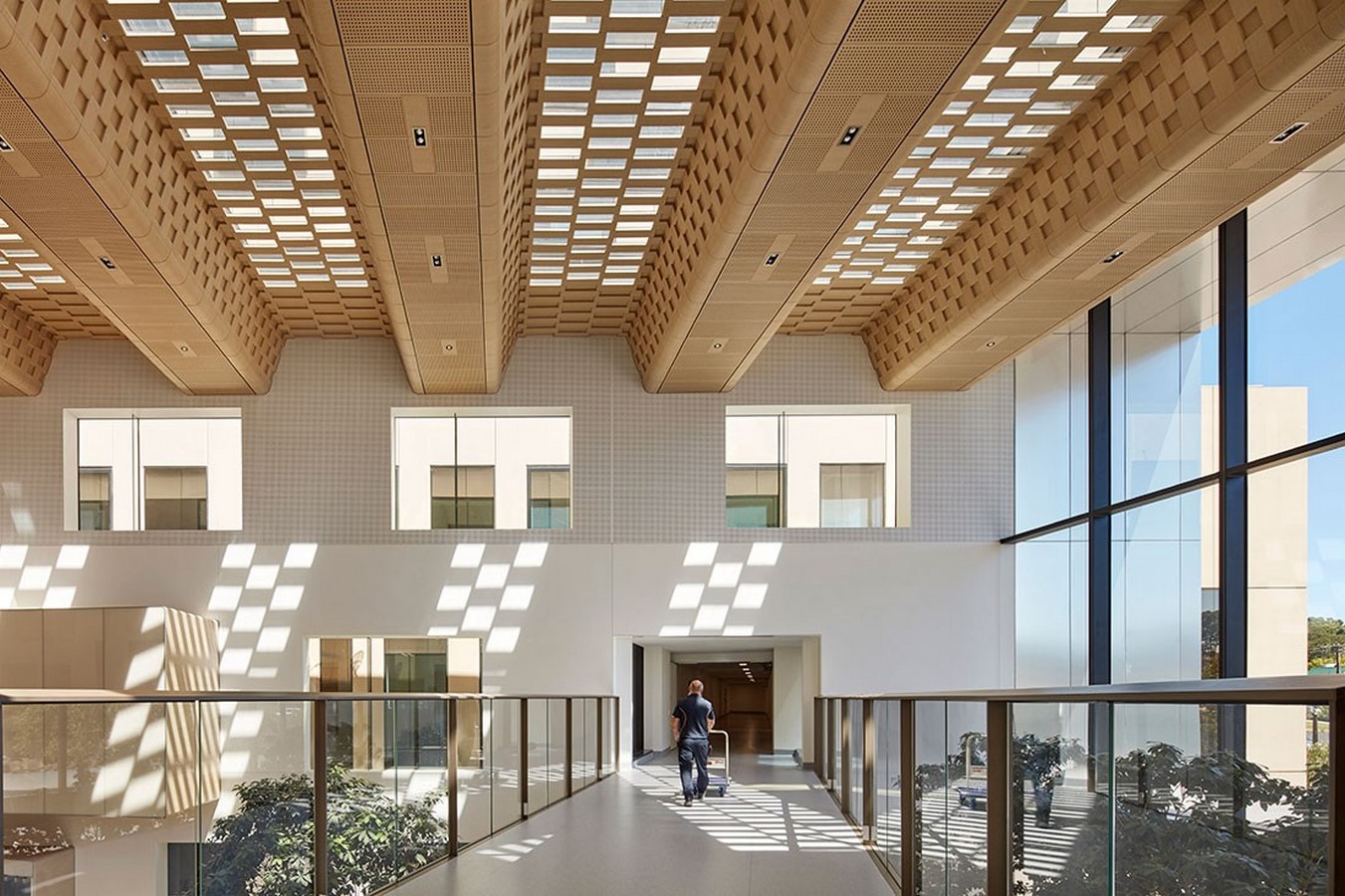
Imagine how an architect might consider how natural light affects a room’s mood or plan the pathing, a UX designer might consider how a colour scheme impacts user perception or how layout choices can streamline navigation. Both roles involve anticipating user needs and delivering satisfaction through thoughtful design choices. With UX, the goal is to empower users to navigate and enjoy digital environments comfortably—essentially a new frontier where users have the power to choose and personalize every interaction.
A New Frontier?
As weird as it might sound at first, as technology continues to advance, the relationship between architecture and UX could grow even closer. Virtual and augmented reality are already creating hybrid spaces where the digital and physical overlap, making design skills from both realms seem essential. The principles of wayfinding, spatial awareness, and interactive layouts will only become more relevant in these mixed environments.
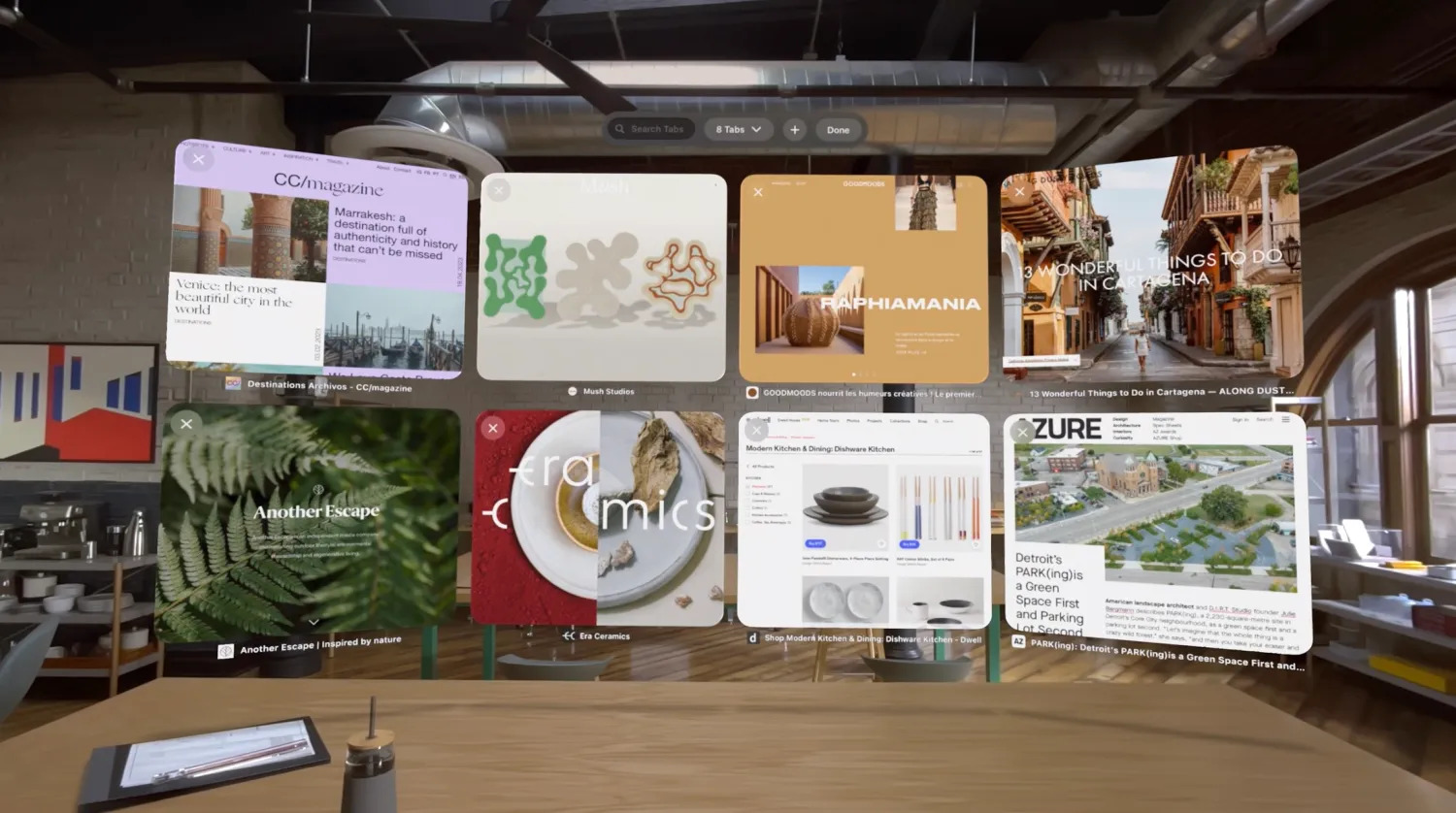
This convergence of architecture and UX is a reminder that good design transcends medium, adapting to both physical and digital realms. As we continue exploring the potential of user experience, taking inspiration from architecture ensures that we create spaces—digital or otherwise—that people love to inhabit.
